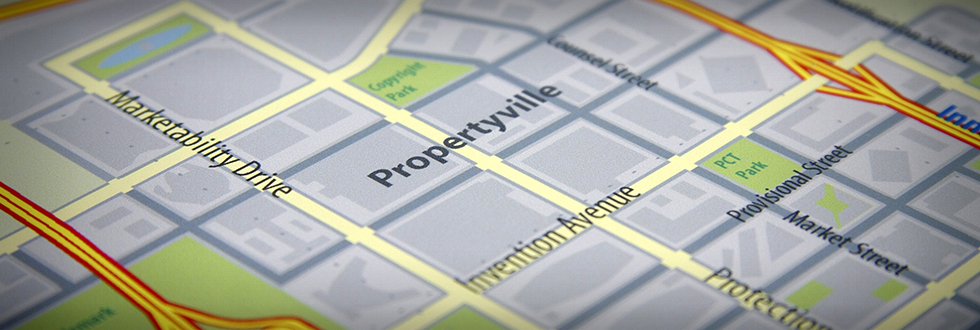
Owning a piece of intellectual property is not all too different from owning a house or lawnmower. If someone tries to take it, or damages it, or in some other way deprives you the use of it, you have options. Law enforcement and the court system are probably the best two options.
The same could be said for intellectual property, even though it more often exists as an intangible thing—an idea or concept that lacks physical substance. But they can but immensely valuable, and so they can be bought and sold—and stolen—like any other property.
There are 14 accepted types of intellectual property, but for our purposes in the biomedical realm, we mostly work with the main four:
Patents
At UNeMed we most often protect the University of Nebraska’s intellectual property with patents, which cover new inventions like research tools, devices, compounds, or drug formulations, to name a few. The life-span of a patent is about 20 years, and allows UNeMed to seek industrial partners who can fund the necessary research that can help develop the invention into a product that helps people.
Learn more in our
Patent Primer.
Copyrights
Expressions of creative works are protected by copyrights. Common examples of
copyrights include books, music, movies, photos and artworks. At UNMC and UNO, however, most copyrighted works are things like software applications or educational materials.
Trademark
When talking about
trademarks, we’re most often referring to something like a company logo, or mark. Trademarks are the easy-to-remember indicators of who produces a product. Protecting the mark protects the goodwill of a producer or service provider. The mark can be things like a word, phrase, symbol, or some other thing that indicates source identity.
Trade Secret
Trade secrets are confidential strategies or information that five their users a competitive advantage. The best examples of
trade secrets are the recipes for Coca-Cola and Kentucky Fried Chicken. Trade secrets have limited legal
protection. The best protection for a trade secret is limiting the number of people who can access the information while installing security measures and using
confidentiality agreements.
Intellectual Property | Patents | Forms & Policies | Funding | FAQs
UNMC Research | Nano Production | UNMC Core Facilities | UNL Core Facilities








